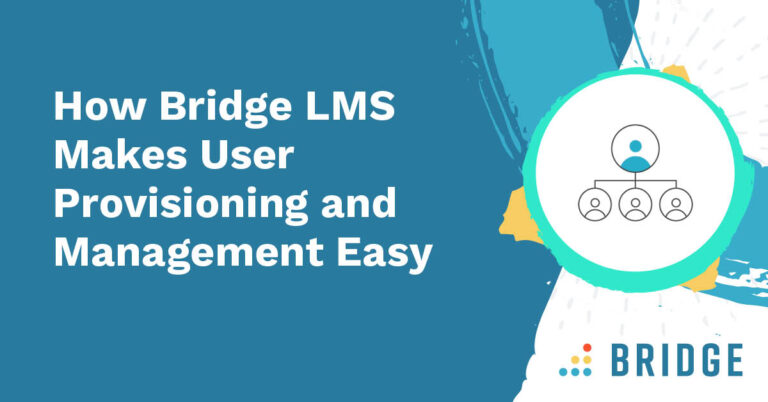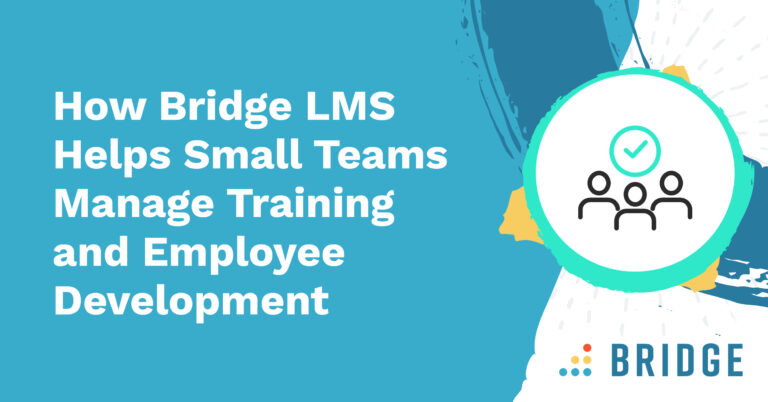We do love a deep delve into history. It’s not just fascinating to see how things are different, but it’s informative to understand how we have evolved to be where we are today.
In historical terms, learning and development are actually relatively young. Yes, we popped our gentrified children in front of governors and taught them Latin and naval warfare. But when it came to businesses; you simply did the job. Qualifications got you there, but once in, skills didn’t really develop. There wasn’t the concept that we have today of learning and development being in the interests of the individual, the organisation and society.
Cast Your Mind Back 40 Years…
We believe that L&D’s evolution has really taken place over the last 40-50 years. And it’s probably fair to say that what was considered excellent L&D practice 40 years ago would now be baulked at in the same way we smart at the thought of using the cane in classrooms.
L&D then was training. It happened face-to-face, much like a row of pupils in a school. The trainer was an imparter of knowledge. The trainees were mere receptacles for the information being poured into them.
There were also a lot of assumptions. The focus of the business would have been narrower, individual roles more defined, and it was the job of leaders to simply determine a one-size-fits-all approach to developing the skills needed to do those roles.
The very concept of lifelong learning would have been near-alien to the business leaders of 30-40 years ago. Banished to the historical dustbin are overhead projectors, instant recall of rote learning, and catalogues of learning courses.
And Then Along Came Tech
Today, you’re pretty unlikely to find an old-school training course with a bunch of passive learners being taught through front-to-back dictatorial presentation (followed of course by the obligatory happy sheet). Unfortunately for the most reluctant of learners, there’s no more hiding in the back row and getting away with it!
Technology features highly in the learning experience. Peers are as important as the delivery method. Content delivery will be varied, broken-down and intensely interactive. Communication will not just be one-way, or even two-way, but truly collaborative across a diverse audience.
But the changes aren’t only tech-driven and tech-enabled.
Learning in organisations is now strategically designed and delivered. Our perceptions and expectations have changed. It would be tantamount to treason for an L&D team today to simply decide what training to deliver without outwardly considering the objectives of the organisation and the needs and drivers of the individual learners!
Andy Lancaster, head of L&D at the CIPD stated: “This has resulted in a move away from courses to resources with the need to deliver learning in the flow of work.”
We now understand that competence isn’t set in stone and isn’t guaranteed as ongoing and continuously suited to the needs of the organisation or the individual. Our growing understanding of behavioural science has equipped us with the knowledge that we have to approach L&D much more consciously. Trainers are effectively retired to the pages of history books, and instead we have facilitators. Learning is no longer something we do to people.
Proactive Learning for the Future
Fundamentally, the future of learning needs us to continue to take a very proactive and strategic approach. We need to actively collate data and use it to analyse how we approach learning for the individual and the organisation, within the growing capabilities of tech. Of course, the better use of data also allows us to measure ROI in the effect of learning on productivity and performance. Learning needs to be evidence-based. Furthermore, as the CIPD states, we need to measure learning value, not learning volume.
As we continue to develop learning for the future, our facilitators of learning are increasingly going to be sign-posting learners to resources, rather than simply reinventing the wheel. They will be curating learning resources and content, of course, but creation won’t be all they do. And right at the heart of that will be the individual, deciding what they want to do, taking choices, and contributing to content creation too.
The Modern LMS is the Future of Learning
The radical shifts in learning are possible now with the right LMS, especially if it is combined with a performance management platform. Here metrics and analytics are easy and insightful. The virtual learning environment is user-driven but also in line with organisational objectives. There’s collaboration and interaction, bite-size in-the-moment learning. There’s engagement.
The right LMS is truly a disruptive technology for future success of the individual and the business.



